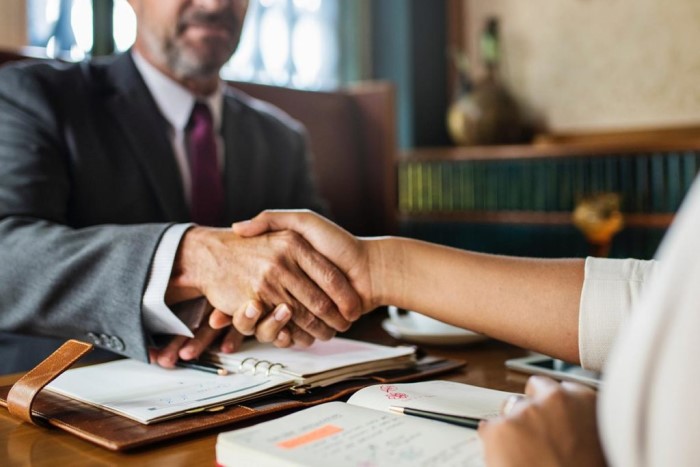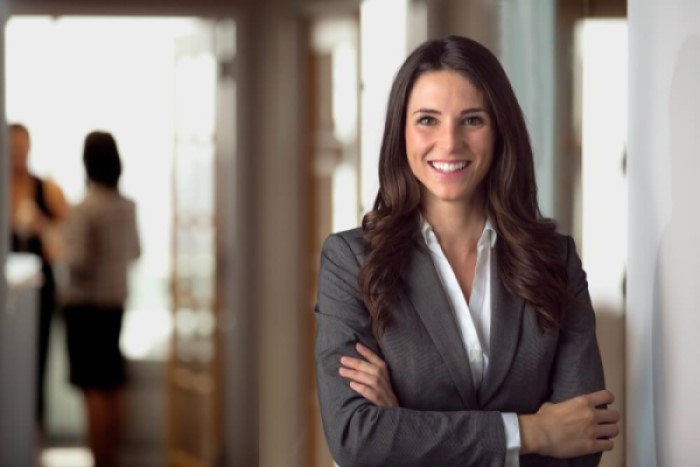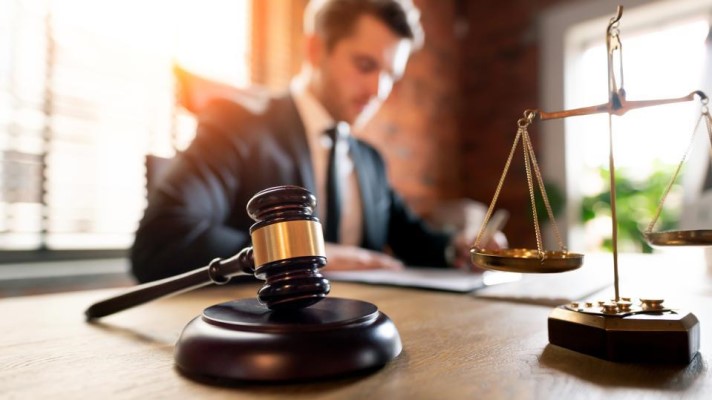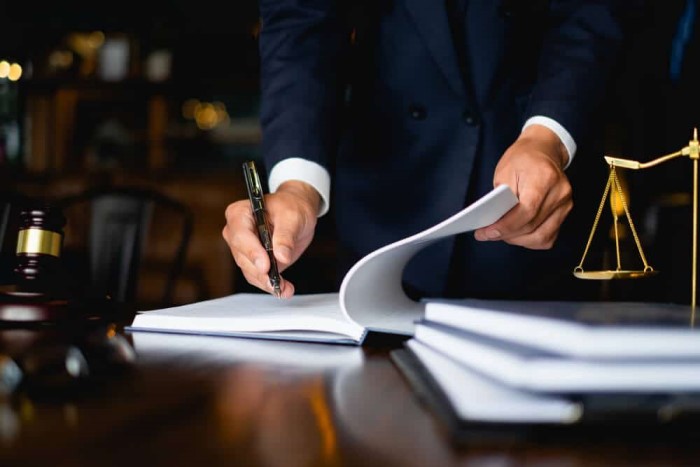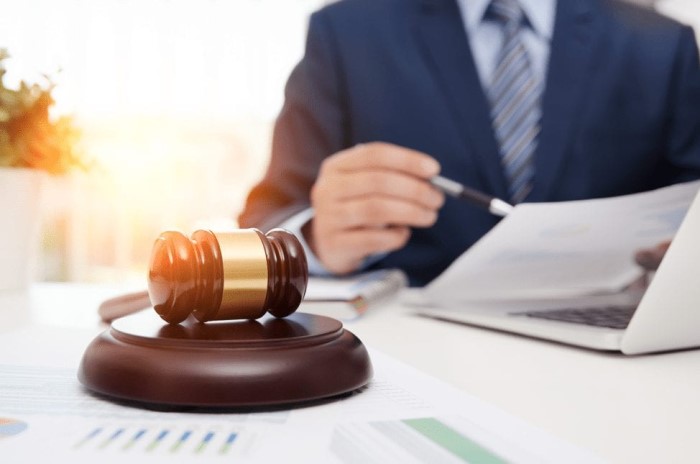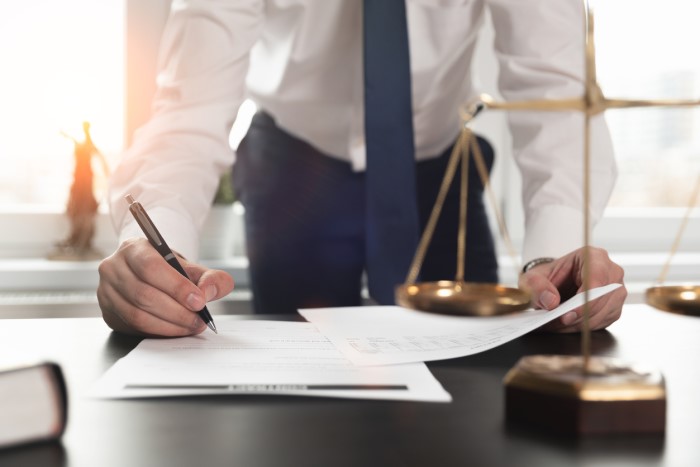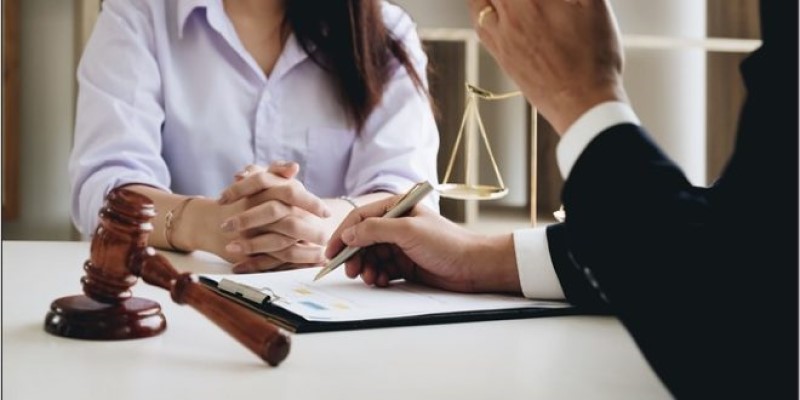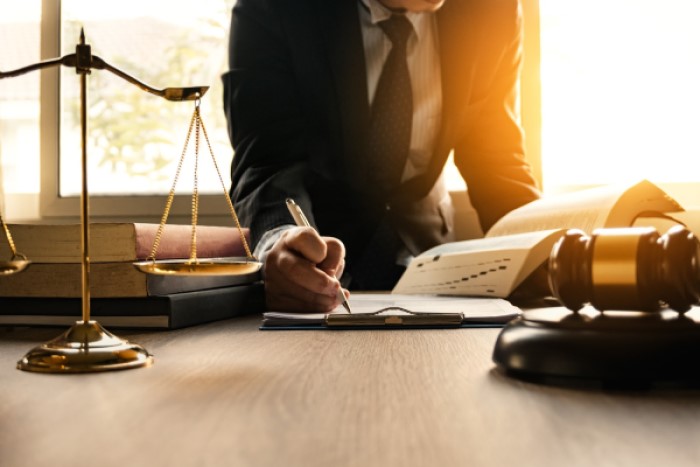Common Types of Slip and Fall Accidents: What You Need to Know
In this comprehensive guide, we’ll delve into the common types of slip and fall accidents and provide valuable insights to help you stay safe. Drawing from our experience and expertise, we’ll explore various scenarios that can lead to slip-and-fall incidents. Whether you’re a business owner, property manager, or an individual concerned about safety, this article will equip you with the knowledge you need. Discover actionable tips, real-life examples, and the importance of prioritizing safety.
Understanding Slip and Fall Accidents
Before delving into specific types of slip and fall accidents, let’s establish a solid understanding of what they entail.
What Are Slip and Fall Accidents?
Slip and fall accidents occur when a person loses their footing and falls due to hazardous conditions. Such incidents can result in injuries ranging from minor bruises to severe fractures. It’s essential to recognize the common factors contributing to these accidents:
- Wet Surfaces: Moisture or spills on floors can create slippery conditions.
- Uneven Terrain: Irregular surfaces or poorly maintained pathways pose tripping hazards.
- Lack of Warning Signs: Inadequate signage can lead to accidents in high-risk areas.
- Negligence: Failure to address and rectify hazards promptly increases the risk of accidents.
- Footwear: Inappropriate footwear can decrease stability and increase the likelihood of slipping.
Types of Slip and Fall Accidents
Now, let’s dive into the specific types of slip and fall accidents, shedding light on their characteristics and prevention strategies.
1. Wet Floor Incidents
Wet floor accidents are among the most common types of slip and fall incidents. They often occur in public places such as supermarkets, restaurants, or office buildings. Factors contributing to wet floor accidents include spills, rainwater ingress, or inadequate cleaning practices. To prevent such incidents, businesses should implement regular maintenance routines, use caution signs, and promptly address spills.
2. Uneven Pavement Falls
Uneven pavement falls can happen outdoors and are usually associated with sidewalks or parking lots. Cracked, raised, or uneven pavement poses a significant risk, especially in areas with high foot traffic. Property owners and municipalities must ensure the proper maintenance of walkways and promptly repair any hazards to prevent accidents.
3. Staircase Tumbles
Staircase accidents can result in severe injuries due to the potential for falls from heights. Factors contributing to these accidents include poorly lit stairwells, missing or damaged handrails, and slippery steps. Property owners should prioritize regular inspection and maintenance of staircases, ensuring proper lighting and secure handrails.
4. Retail Store Slip-Ups
Retail stores are hotspots for slip and fall accidents, often due to merchandise spills or cluttered aisles. Shoppers can easily lose their footing, leading to injuries. Store owners should maintain clean and organized spaces, promptly address spills, and use warning signs to enhance safety.
5. Workplace Mishaps
Workplace slip and fall accidents can occur in various industries, from offices to construction sites. Factors such as wet floors, exposed cables, or cluttered work areas contribute to these incidents. Employers should prioritize employee training on safety procedures, maintain clean workspaces, and eliminate potential hazards.
6. Restaurant and Kitchen Hazards
In restaurants and commercial kitchens, slip and fall accidents can result from spills of cooking oils, liquids, or food debris. Employees should receive proper training in cleaning and maintenance protocols. Non-slip mats and safety shoes can also mitigate the risk of accidents.
Prioritizing Safety: Why It Matters
Slip and fall accidents can have severe consequences, both for individuals and businesses. Prioritizing safety not only prevents injuries but also promotes trust and credibility. Whether you’re a property owner, an employee, or a customer, your well-being matters.
Are You Prepared?
- Have you ever faced a slip and fall incident?
- What safety measures does your workplace or favorite store have in place?
- What would you do in a situation where you witness a potential slip and fall hazard?
In this in-depth exploration of common types of slip and fall accidents, we’ve provided valuable insights into their causes and prevention. Remember that safety is a shared responsibility, and by staying informed and taking appropriate measures, we can minimize the risk of these accidents. Whether you’re strolling through a store, navigating a staircase, or working in a busy kitchen, being vigilant and proactive can make all the difference.
In the unfortunate event that you or a loved one becomes a victim of a slip and fall accident, it’s crucial to have access to trusted legal support. That’s where an experienced NYC legal team can make all the difference. They specialize in handling cases related to slip and fall accidents, offering expert guidance and representation to ensure you receive the compensation you deserve.

